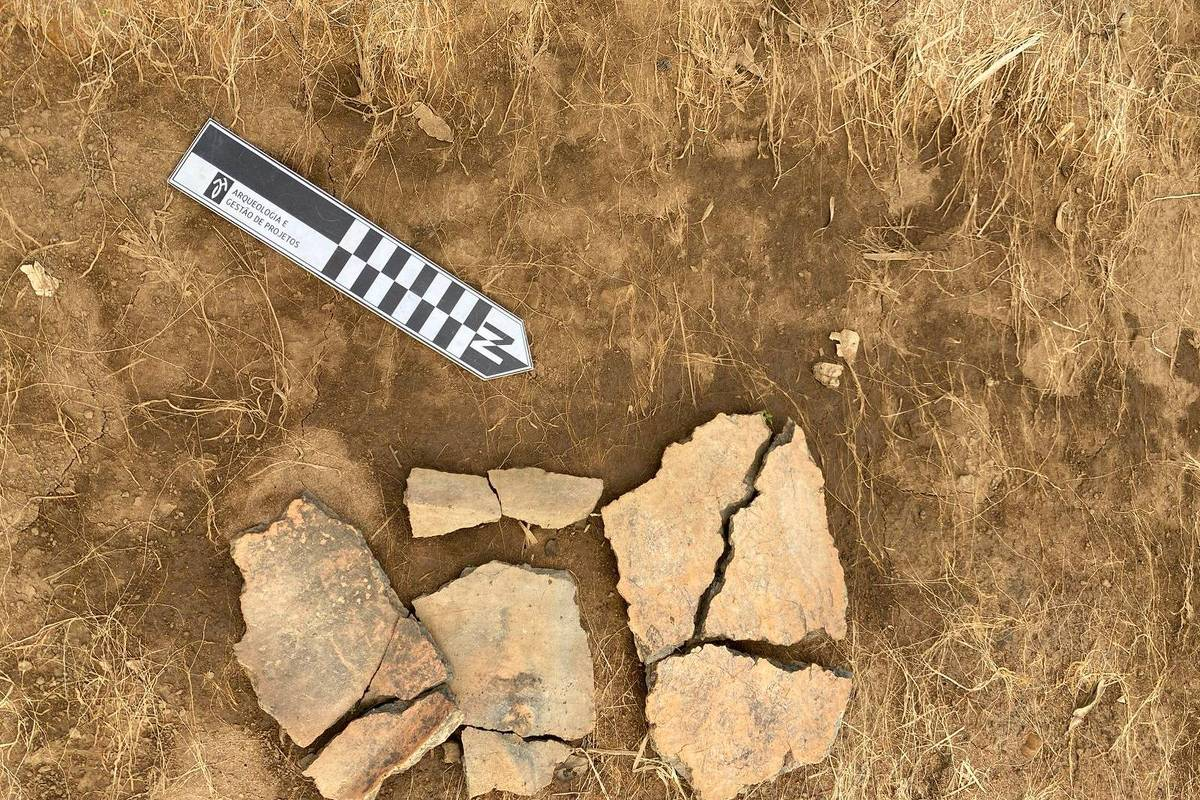Discovery of Hunter-Gatherer and Ceramic Horticulturist Cultures in Dona Francisca
A devastating flood in May reshaped the landscape in Dona Francisca, Rio Grande do Sul, leading to a significant archaeological discovery. The flooding of the Jacuí River created a crater in a rice plantation, revealing a site that may have been occupied by humans between 12,000 and 10,000 years ago.
Farmer Diogo Fernandez, 36, stumbled upon the site while inspecting his land. His discovery included hundreds of flint stone fragments and pieces of clay pottery. Prompted by the find, archaeologist João Heitor Macedo and historian Maria Medianeira Padoin conducted an emergency excavation, uncovering a trove of ancient artifacts.
The team recovered 130 flint fragments, many made of chalcedony, and 469 ceramic pieces, some featuring intricate designs and others with corrugated surfaces. These findings suggest the area was home to at least two distinct cultures: an early group of hunter-gatherers and, around 5,000 years ago, a society of ceramic horticulturists. The discovery provides valuable insights into the region's prehistoric human activity.







